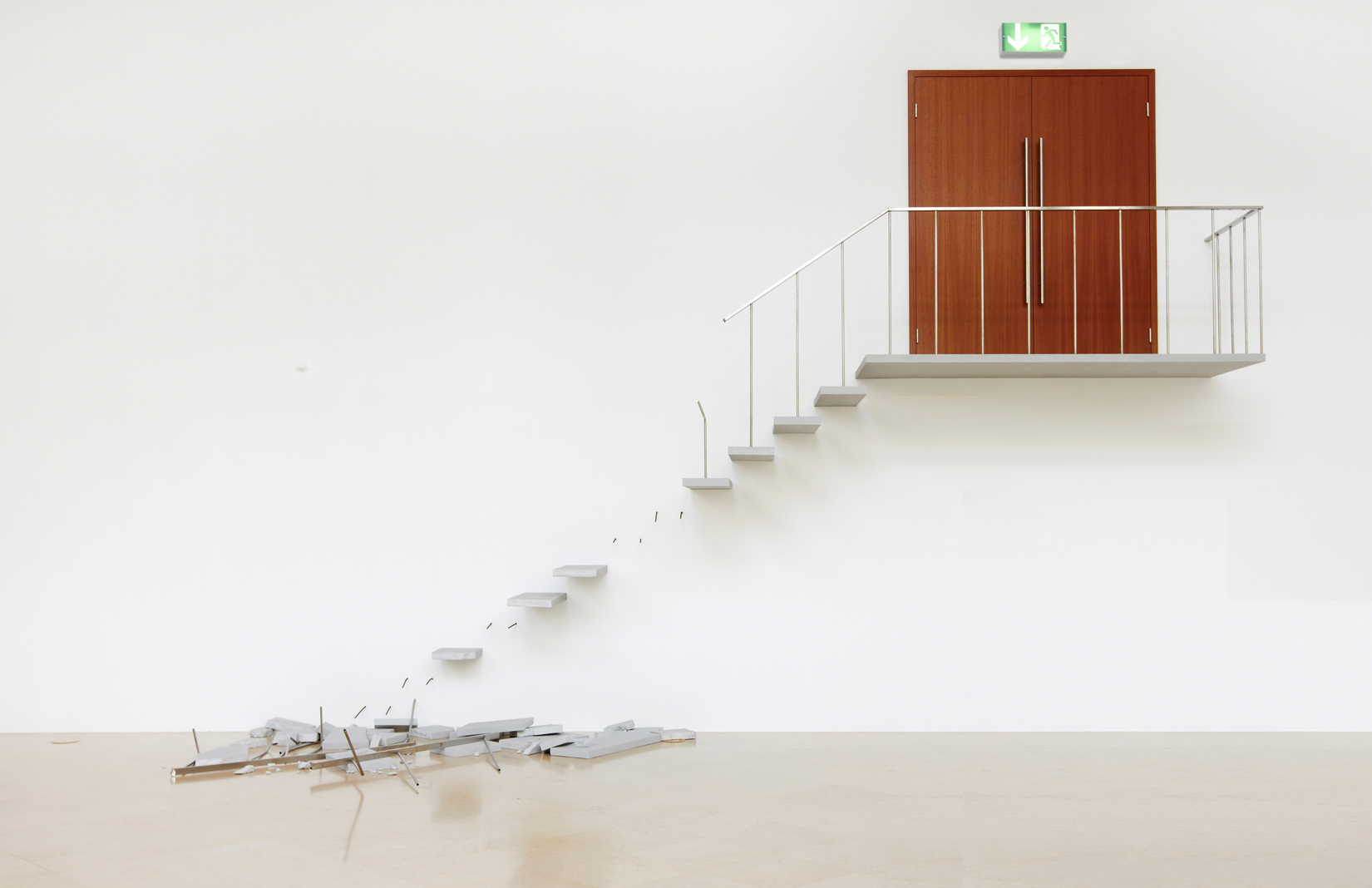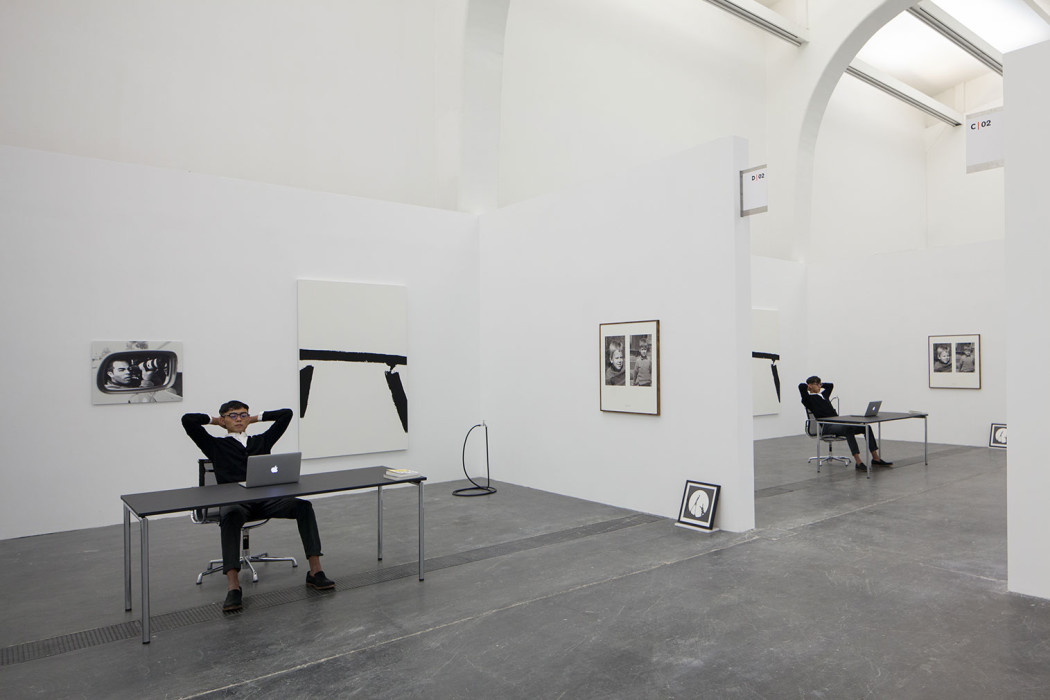
Installation view. Photography: Eric Gregory Powell. Courtesy of the Ullens Center for Contemporary Art
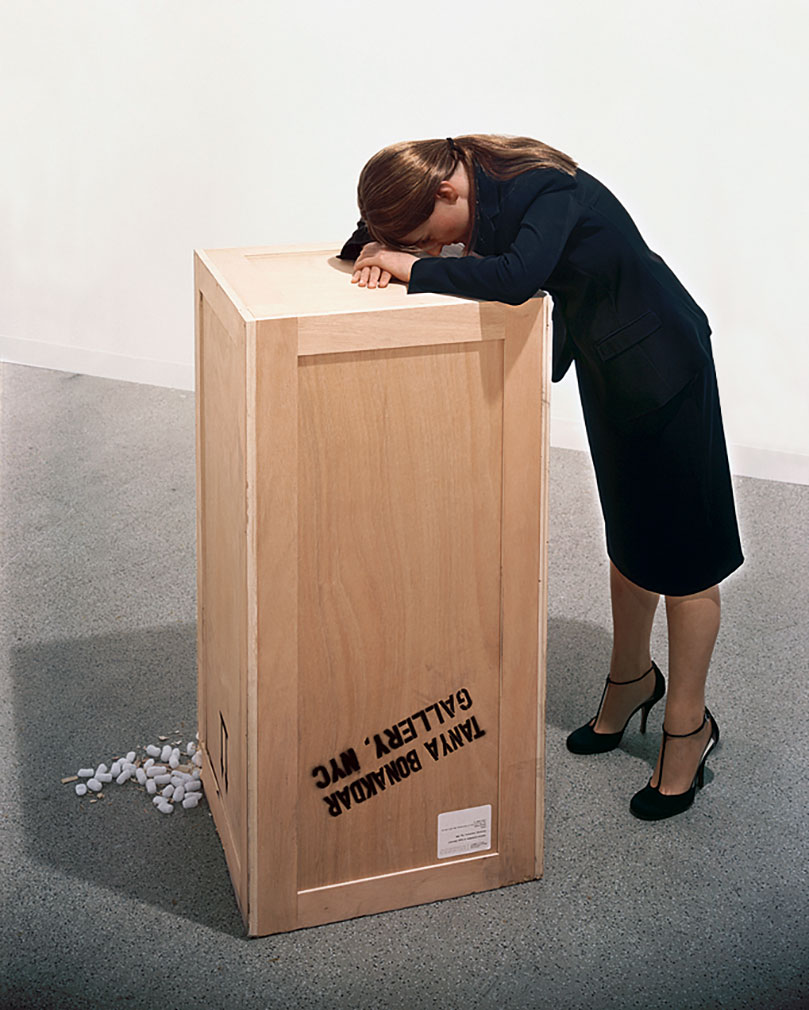
‘Tanya! Tanya! Tanya!’ by Elgreen & Dragset, 2004. Courtesy of Olbricht Collection. Photography: Oren Slor
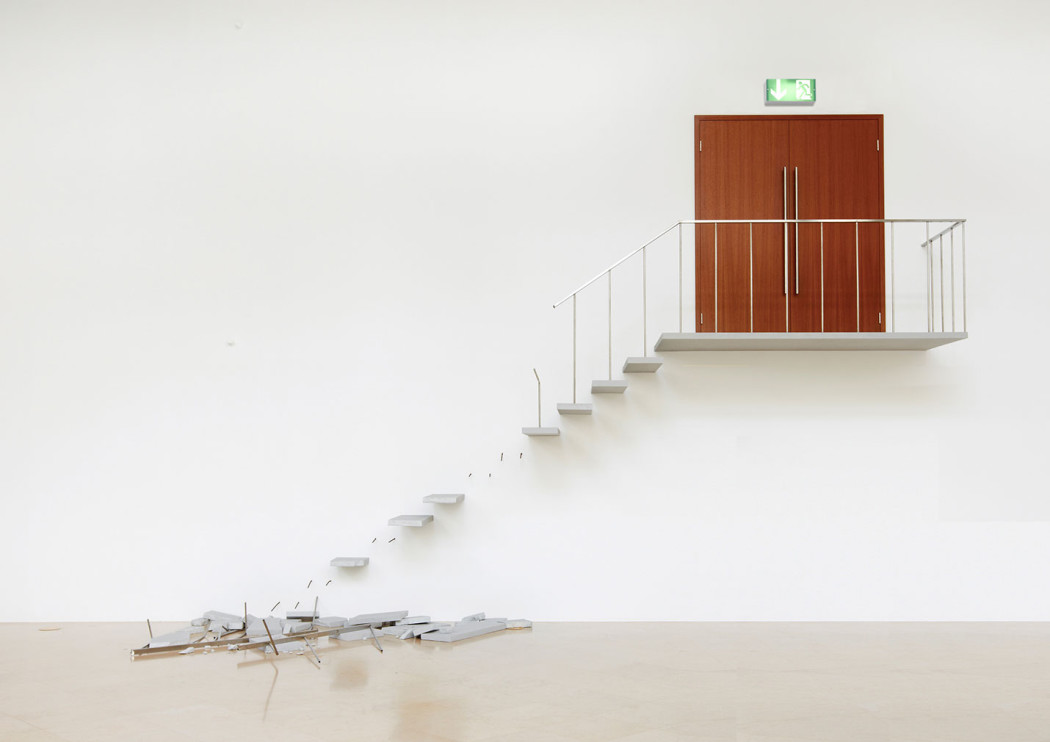
‘Emergency Exit,’ by Elmgreen & Dragset, 2015
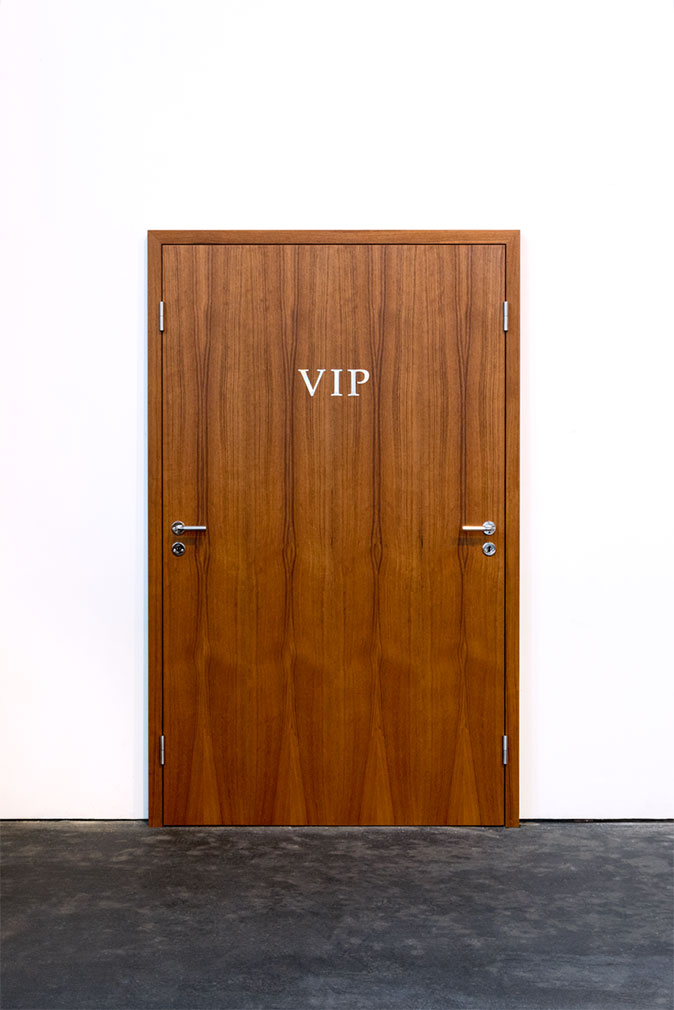
‘Plus One,’ by Elmgreen & Dragset, 2015
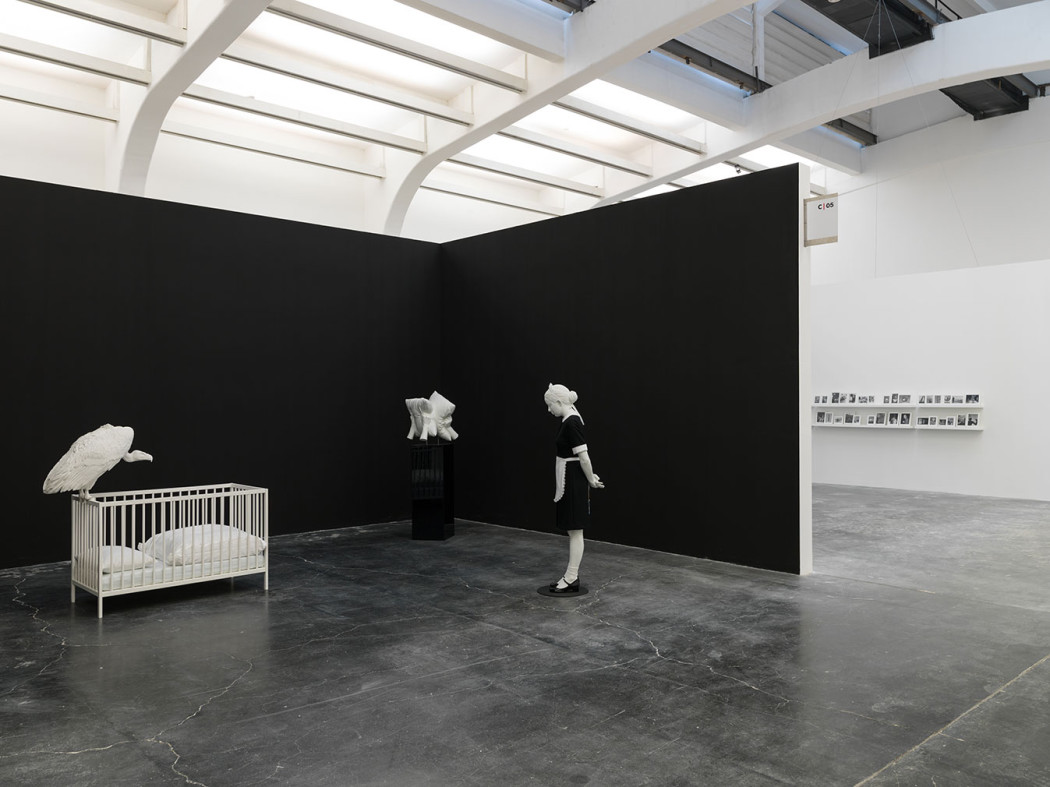
Installation view. Photography: Eric Gregory Powell. Courtesy of the Ullens Center for Contemporary Art
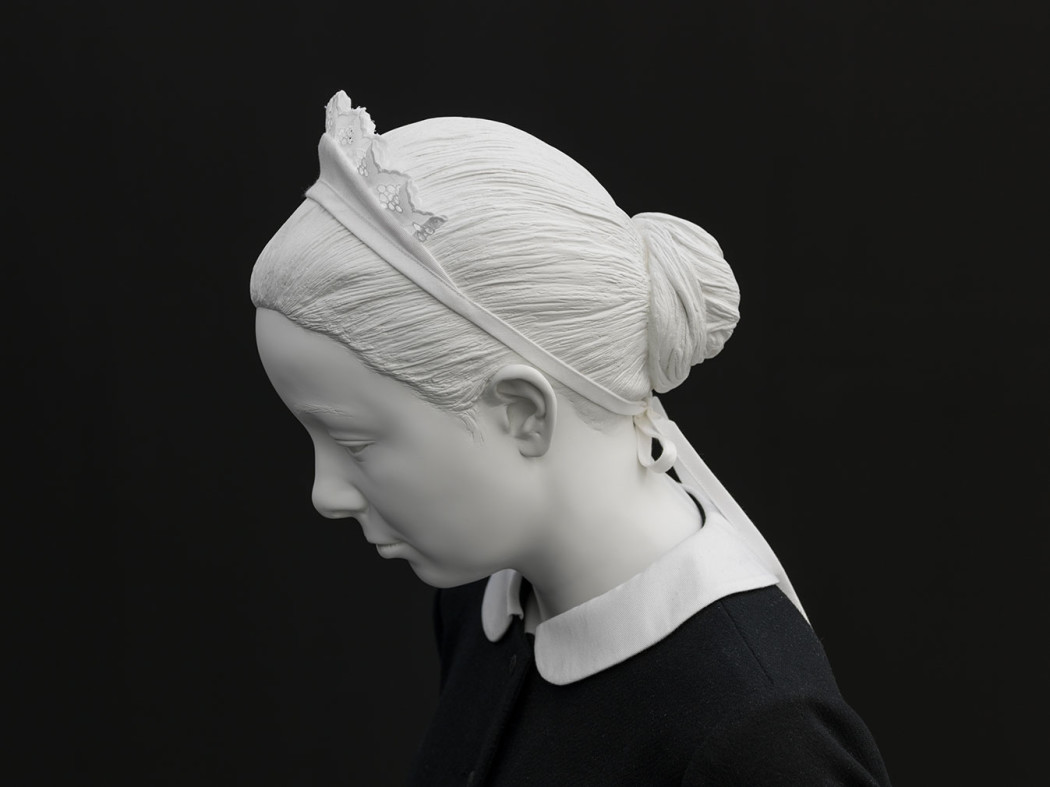
‘White Maid’ (detail), by Elmgreen & Dragset, 2014. Courtesy of a private collection, Hong Kong
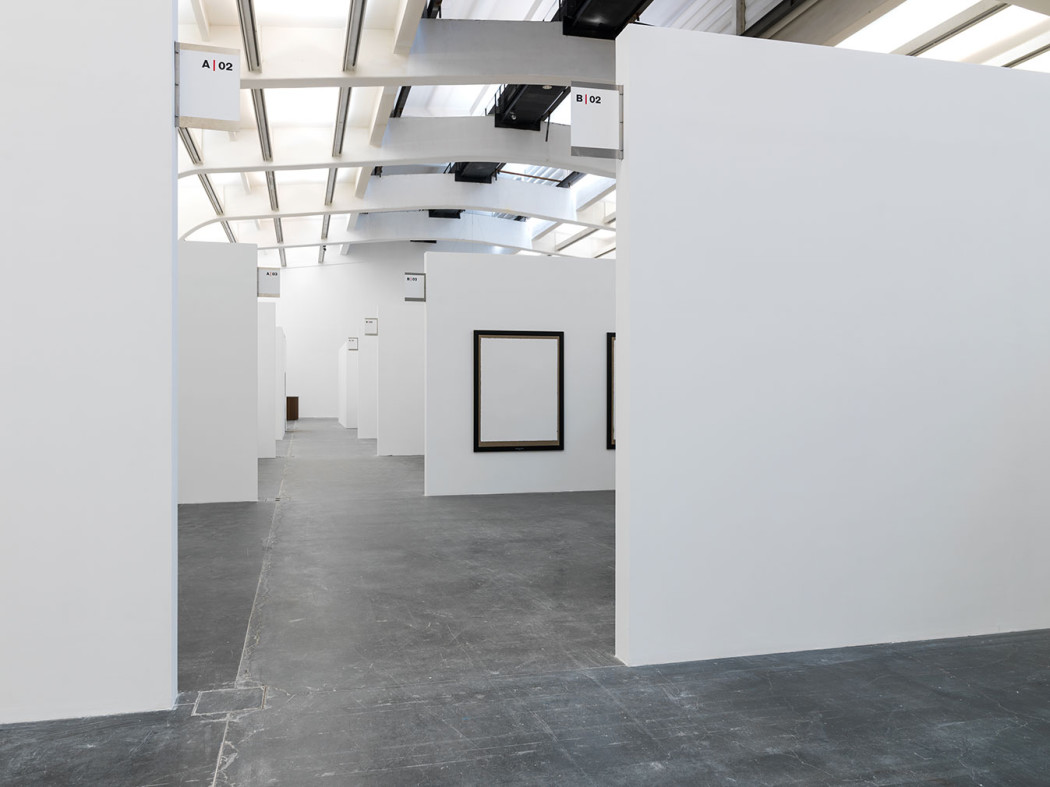
Installation view. Photography: Eric Gregory Powell. Courtesy of the Ullens Center for Contemporary Art
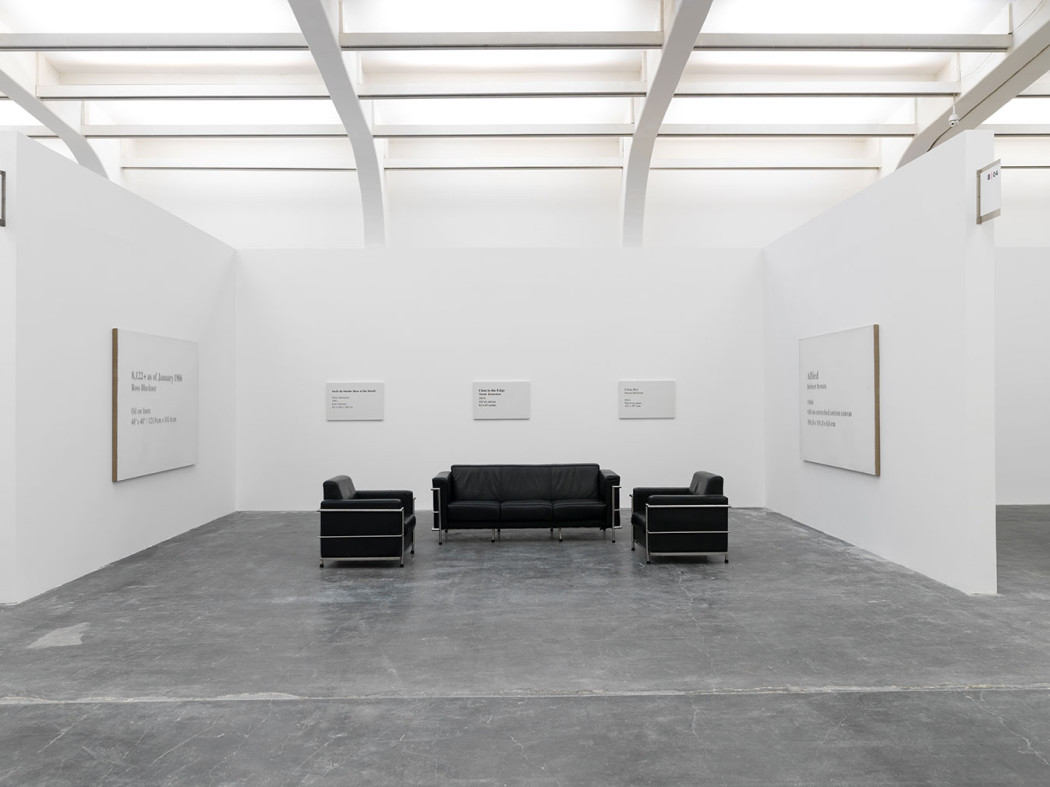
Installation view. Photography: Eric Gregory Powell. Courtesy of the Ullens Center for Contemporary Art
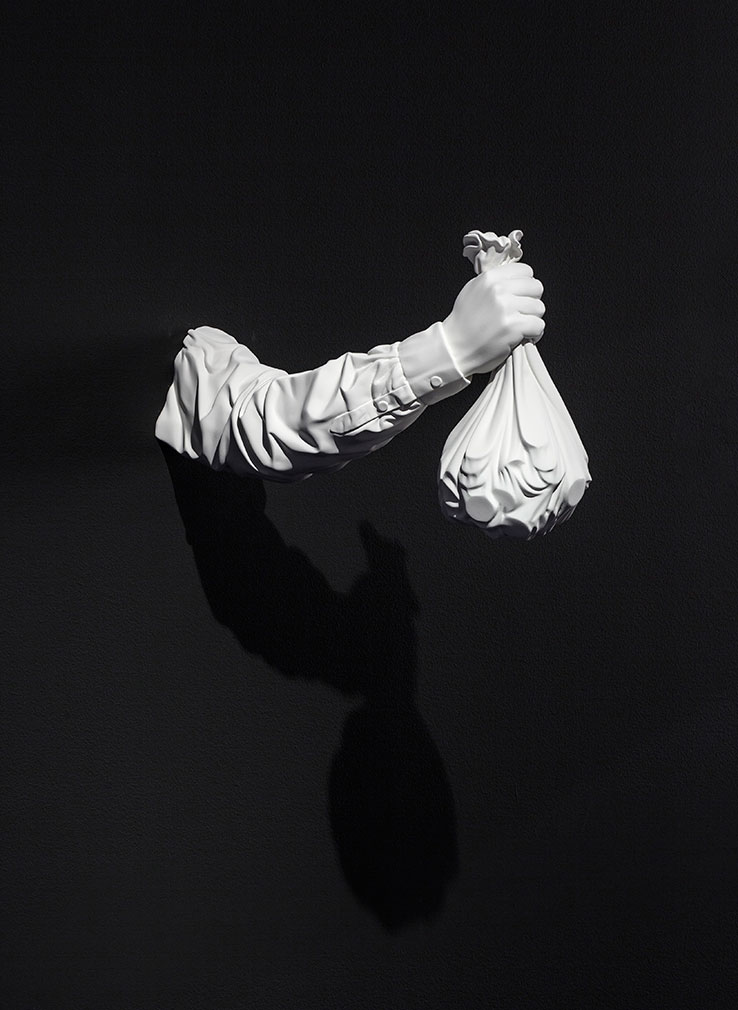
‘Temptation’, by Elmgreen & Dragset, 2012. Courtesy of Galerie Emmanuel Perrotin. Photography: Anders Sune Berg

‘Modern Moses’, by Elmgreen & Dragset, 2006. Courtesy of the artists. Photography: Anders Sune Berg
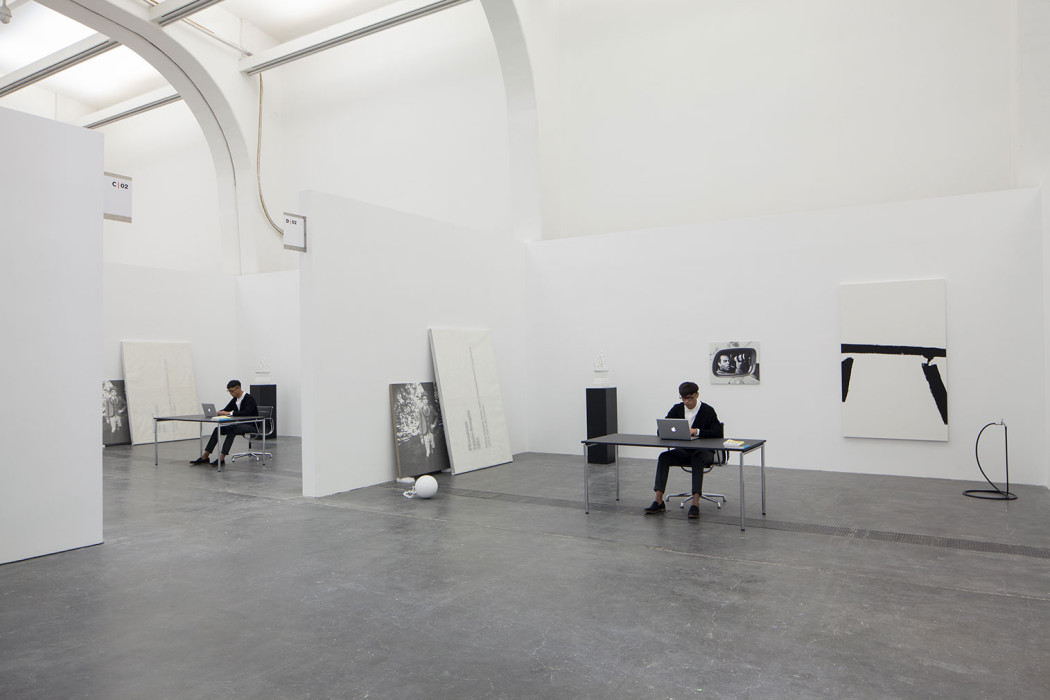
Installation view. Photography: Eric Gregory Powell. Courtesy of the Ullens Center for Contemporary Art

‘Master & Servant,’ by Elmgreen & Dragset, 2011. Courtesy of Galleria Massimo de Carlo. Photography: Alessandro Zambianchi
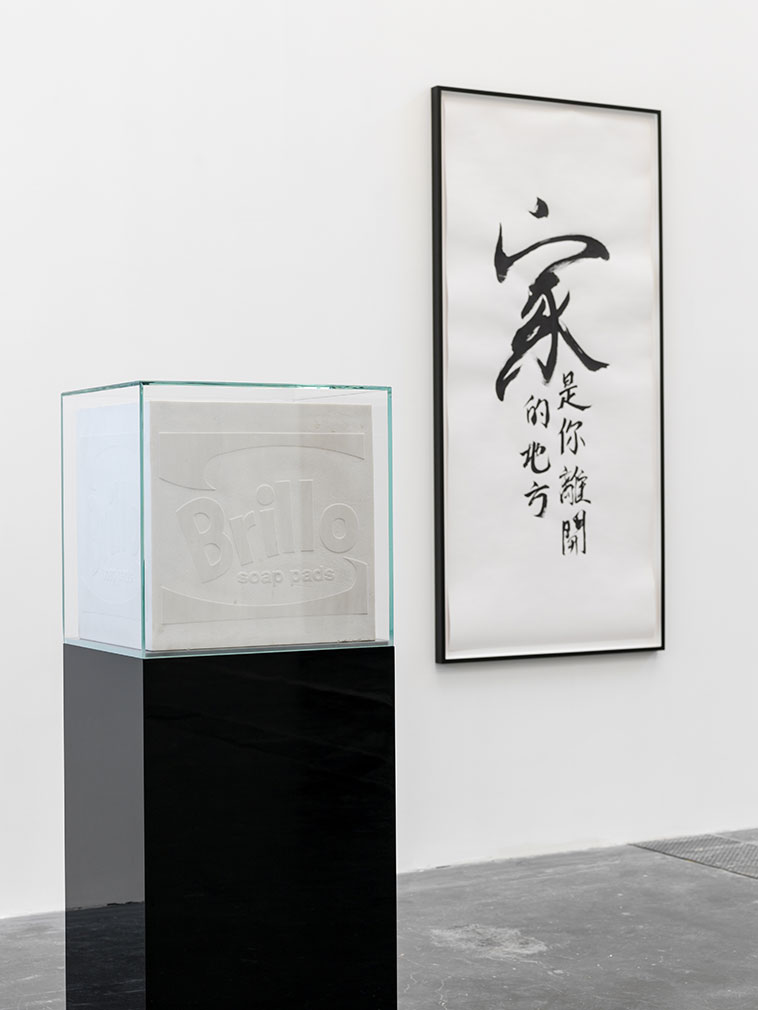
Installation view. Photography: Eric Gregory Powell. Courtesy of the Ullens Center for Contemporary Art
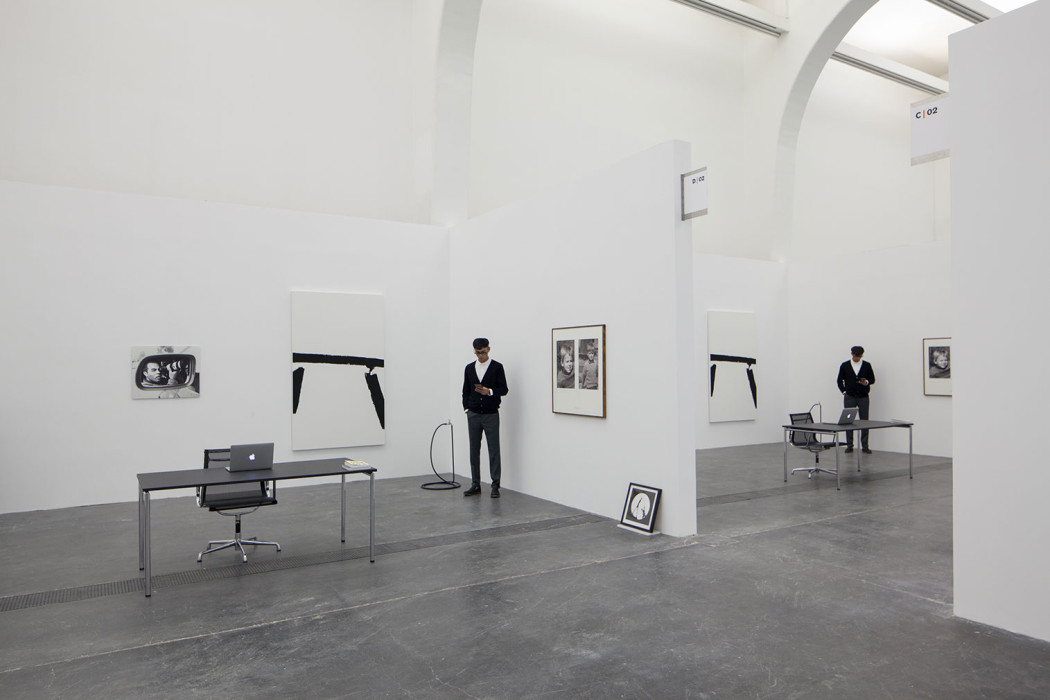
Installation view. Photography: Eric Gregory Powell. Courtesy of the Ullens Center for Contemporary Art
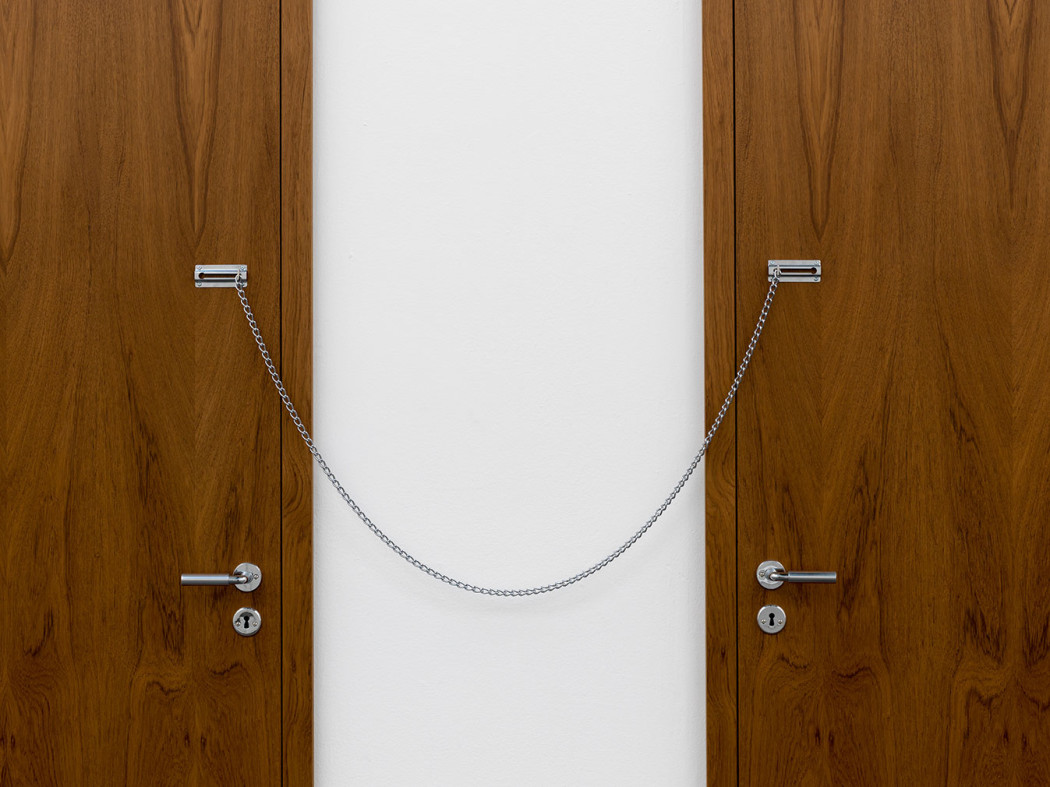
‘Powerless Structures, Fig. 137’ (detail), by Elmgreen & Dragset, 2015
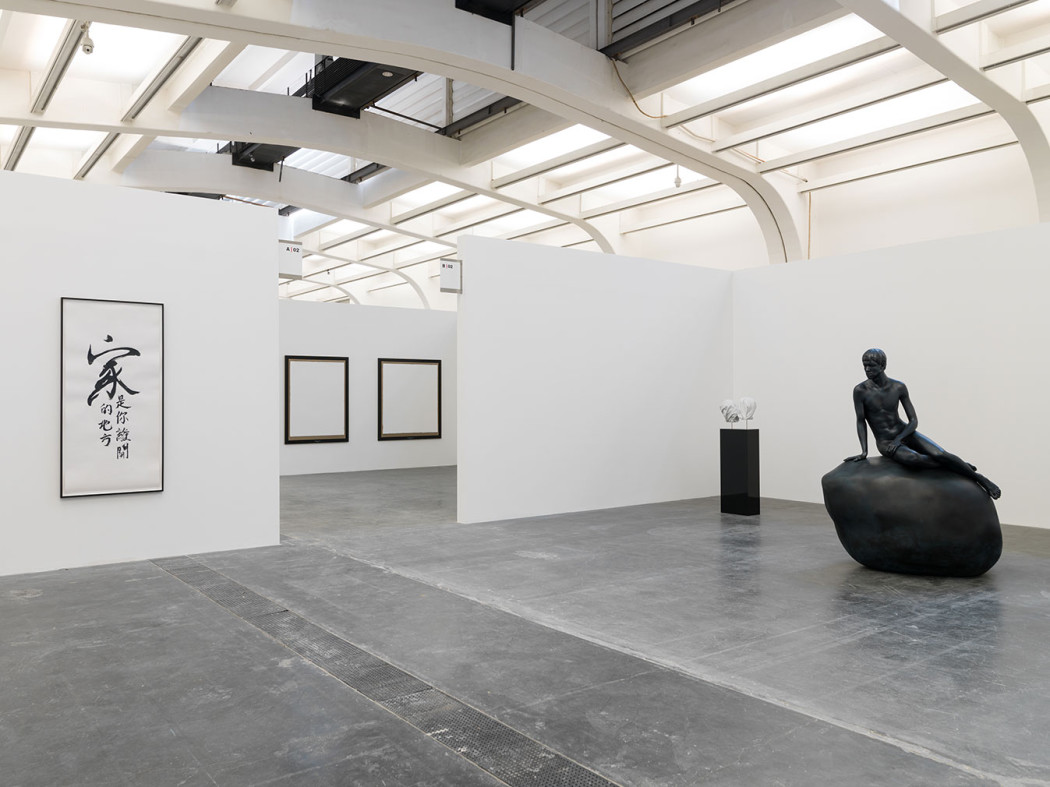
Installation view. Photography: Eric Powell. Courtesy of the Ullens Center for Contemporary Art
Artists Michael Elmgreen and Ingar Dragset have transformed the main gallery of Beijing’s Ullens Center of Contemporary Art into a surreal art fair, in which every booth displays their work.
Spanning 21 years of collaboration, The Well Fair deploys UCCA staff as performers in a show-within-a-show that brings together live art, site-specific works and earlier pieces drawn from private and museum collections.
‘We think that it’s fun to use what is already there in the institution and give people a performative role so they can be part of the exhibition, instead of the guards being hidden away and invisible,’ says Elmgreen, who has previously cast staff at London’s V&A as butlers and maids in a fictional architect’s apartment (Tomorrow, 2013).
Last year Elmgreen & Dragset rather less flatteringly transformed the Samsung Museum in Seoul into an airport terminal (Aéroport Mille Plateaux, 2015) and in 2008 submitted the Victoria Miro gallery in London to ‘reverse gentrification’, turning it into a run down nightclub complete with seedy toilets.
‘Our speciality is breaking down authoritarian structures, also scale,’ says Elmgreen. ‘If we are confronted with that, we want to pump out the authoritarian grandness of the space somehow.’
The Well Fair addresses two architectural typologies that have helped define the early twenty-first century art world: the outsized gallery space lodged in a former industrial building, and the undistinguished grid of booths that demarcates fair sites from Basel to Bogota.
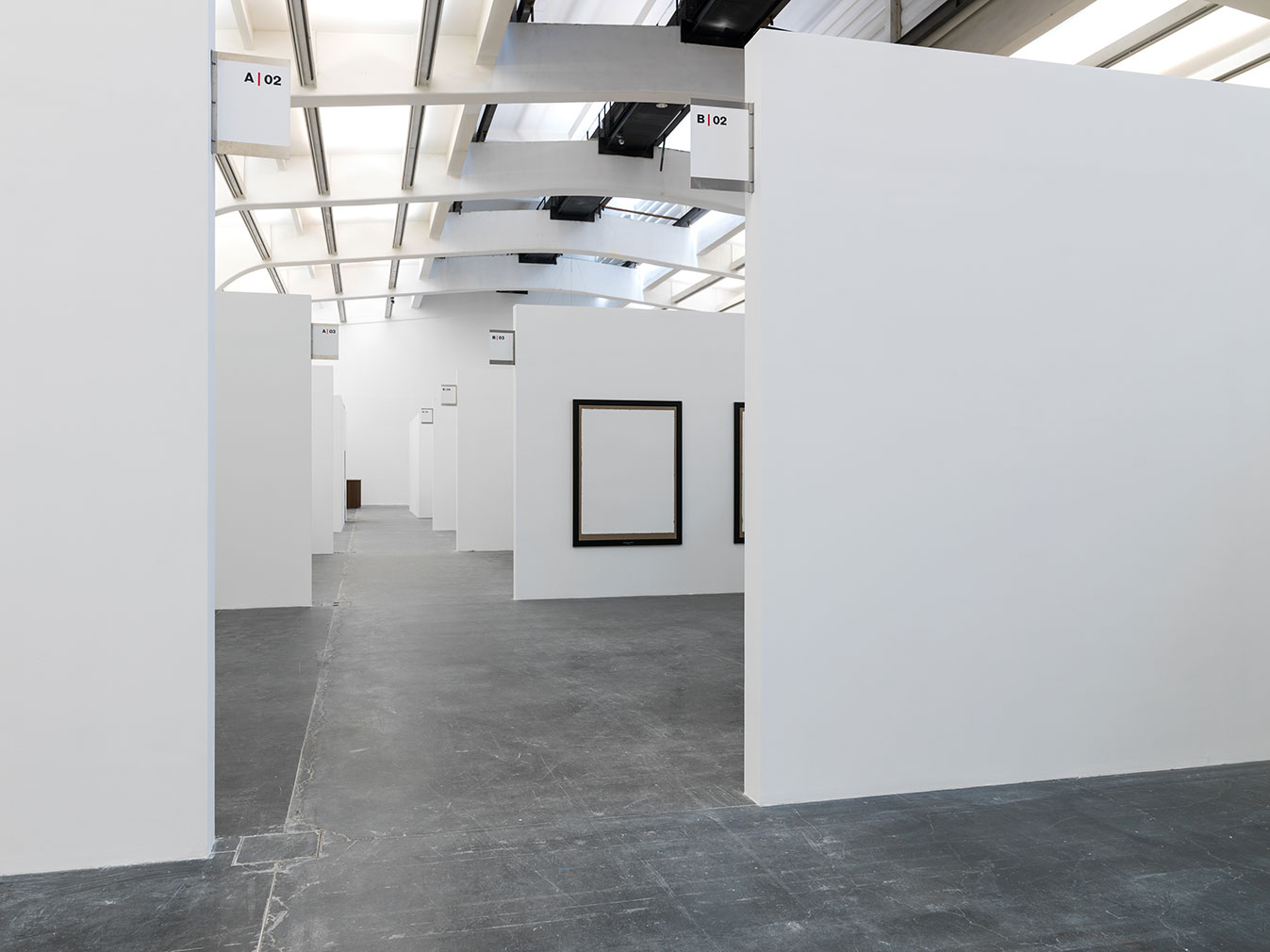
‘The art fair structure looks more or less like an ordinary trade fair,’ says Elmgreen. ‘It doesn’t really differ from how you experience a fair for electronics, or tractors.’
Such is the size of the UCCA main gallery that The Well Fair reads like a full-sized fair, albeit one with a VIP door that leads nowhere (‘Plus One’, 2015); a pair of adjacent booths that are perfectly doubled, right down to identical twin ‘gallerists’; painters still working on the walls (‘Between Other Events,’ 2000/15); smashed art handling crates; and a circular bar with the stools trapped on the inside (‘Inverted Bar,’ 2014).
‘For us it’s interesting to do this in a non-commercial art space because we want to test how this architectural set-up will have an impact on people’s behaviour,’ says Elmgreen. ‘Will people move in the same way? Will they have the same behavioural patterns as they have at a real fair, where the mingling in the aisles and the small gossiping is actually the most important part? Or will they behave as if they are in a museum exhibition and go and look more closely at the works, and spend time in each booth?’
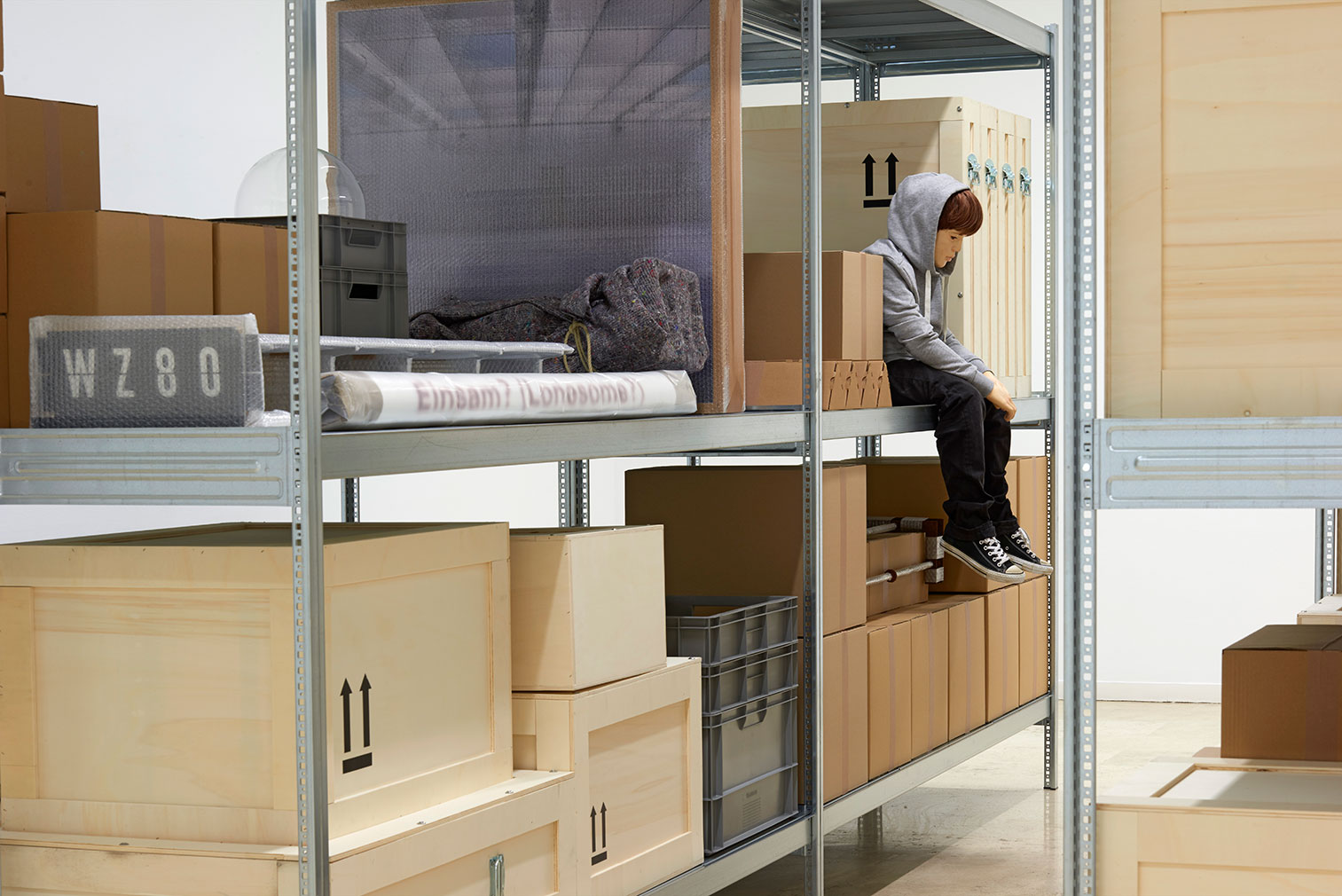
While accepting the soulless art fair structure as a draining but necessary interface for the contemporary art market, Elmgreen & Dragset seem to be confecting their own fair with a gleeful edge of sadism, describing one element (the auction room) as ‘almost unbearable’ and the visitor experience overall as potentially ‘exhausting’. In toying with its visitors, The Well Fair illuminates not only the hidden slog – the packing and painting – that goes into constructing a fair’s slick surface, but also the impact that the architecture of a show space has on the way work is seen.




